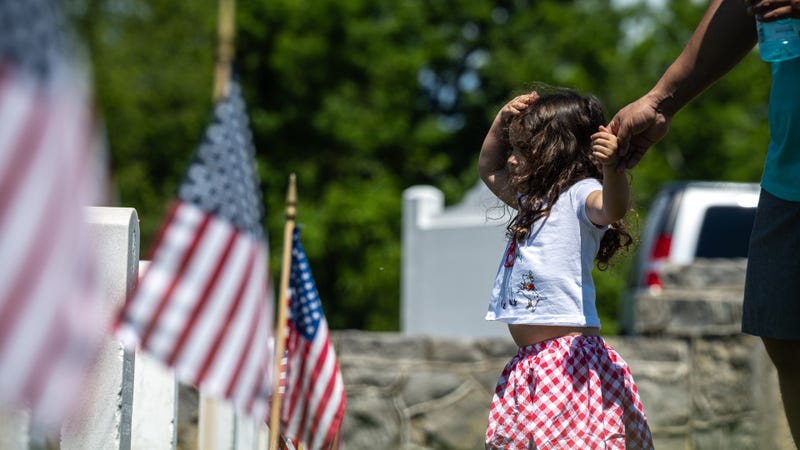
Memorial Day is more than about trips to the beach, backyard barbecues and the unofficial start of summer.
1. From Decoration Day to Memorial Day: Originally called Decoration Day, Memorial Day began as an effort to honor Union soldiers who died during the Civil War. Union General John A. Logan called for the first nationwide Decoration Day on May 30, 1868, which was marked by decorating the graves of fallen soldiers with flowers and flags. Over time, it became known as Memorial Day. In 1971, federal law changed the observance of the holiday to the last Monday in May and extended the honor to all soldiers who have died in American wars.

2. Can you name Memorial Day’s hometown? There have been battles for years about the birthplace of Memorial Day. President Lyndon Johnson declared Waterloo, New York, to be the "Birthplace of Memorial Day" in 1966, according to the Library of Congress. Other localities are known to have celebrated the holiday earlier, and exactly where the first celebration took place remains up for debate.
3. Speeches are customary. The president or vice president usually steps up to the microphones at Arlington National Cemetery to make a speech honoring the fallen on Memorial Day. Ahead of Memorial Day weekend, the 3rd U.S. Infantry Division places American flags on all the graves at Arlington.
4. Be sure to pause: Congress passed a law in December of 2000 asking Americans to pause at 3 p.m. local time on Memorial Day to remember and honor the fallen.
5. The meaning of those poppies: Canadian Lt. Col. John McCrae, who served as a surgeon for an Allied artillery unit during World War I, spotted the bright red flowers poking through battlefields in France and Flanders in 1915. That inspired him to write the poem, “In Flanders Field.” Later that year, Georgia teacher and volunteer war worker, Moina Michael, read the poem and wrote her own, “We Shall Keep the Faith” to urge making the poppy a tribute to those who have died in wartime.
Here's a bonus fact for you: On Memorial Day, the American flag is to be flown at half-staff until noon and then full staff from noon to sunset. You can learn more about flag etiquette here.
Reach Julia LeDoux at Julia@connectingvets.com.
LISTEN on the Audacy App
Sign Up and Follow Audacy
Facebook | Twitter | Instagram
